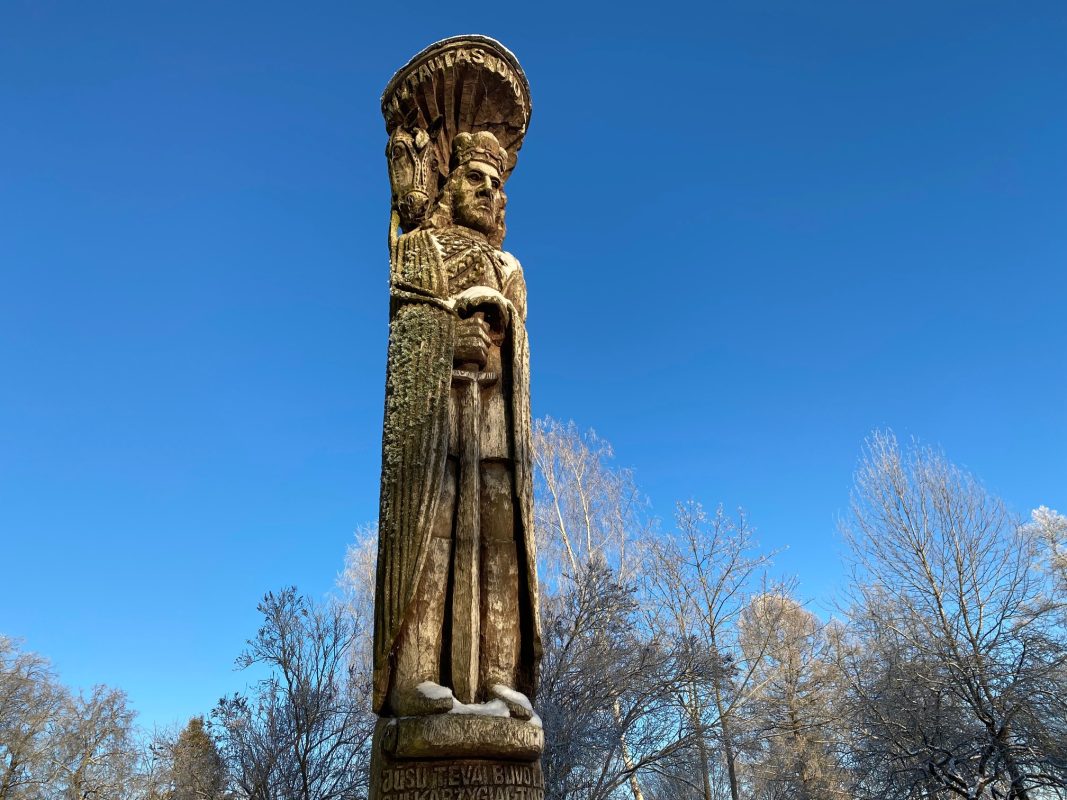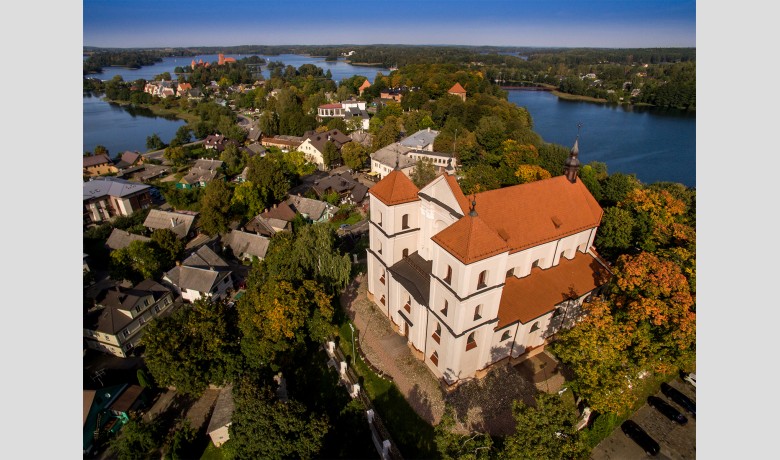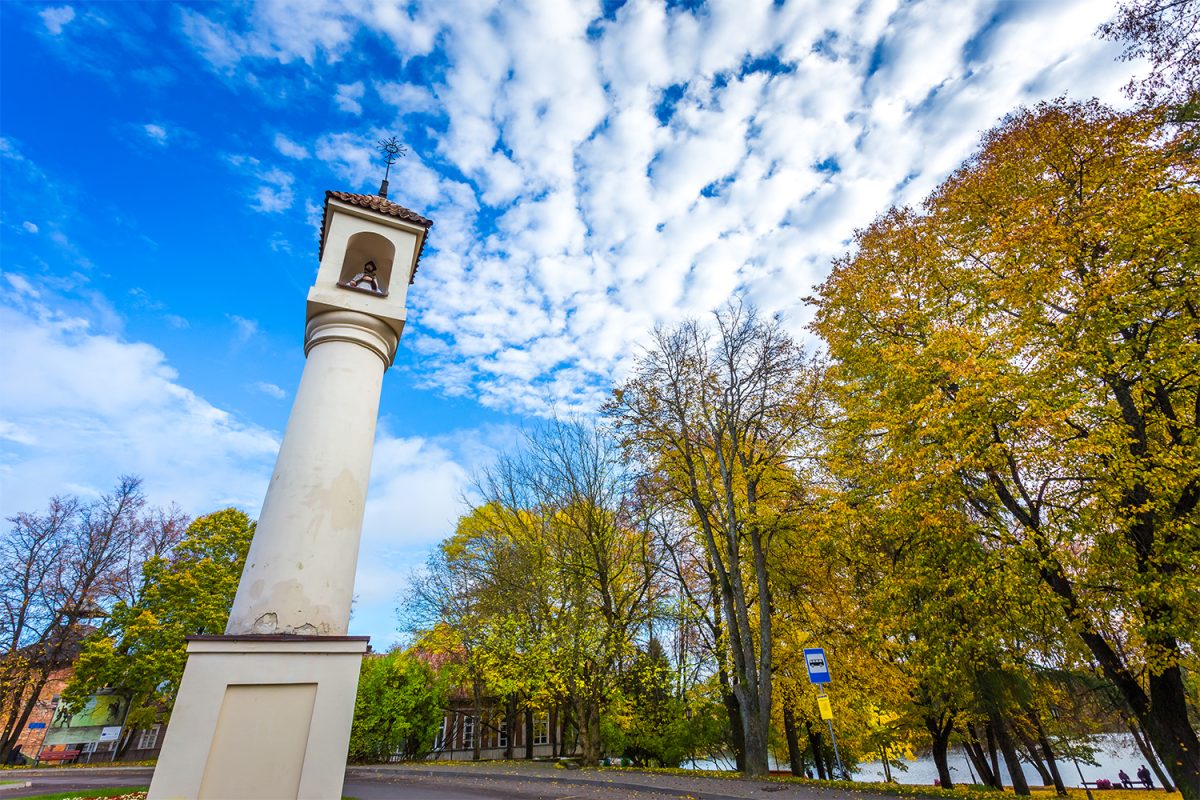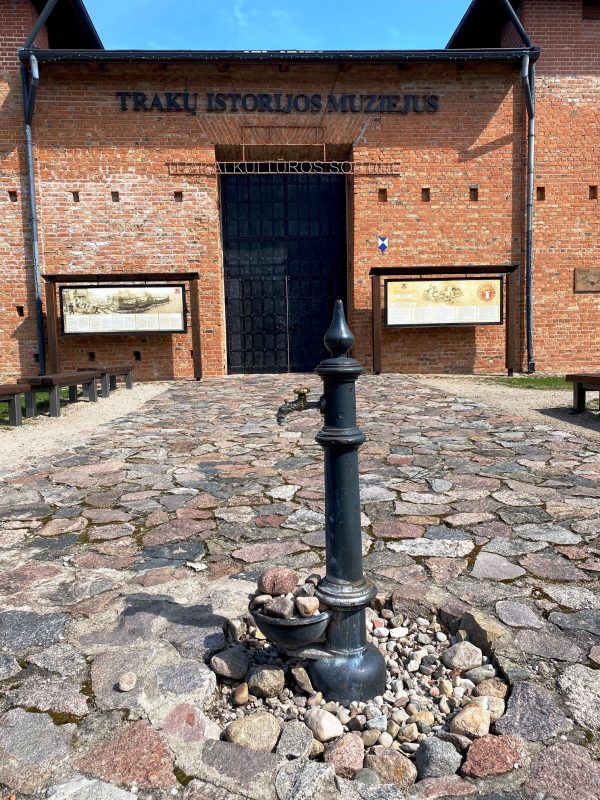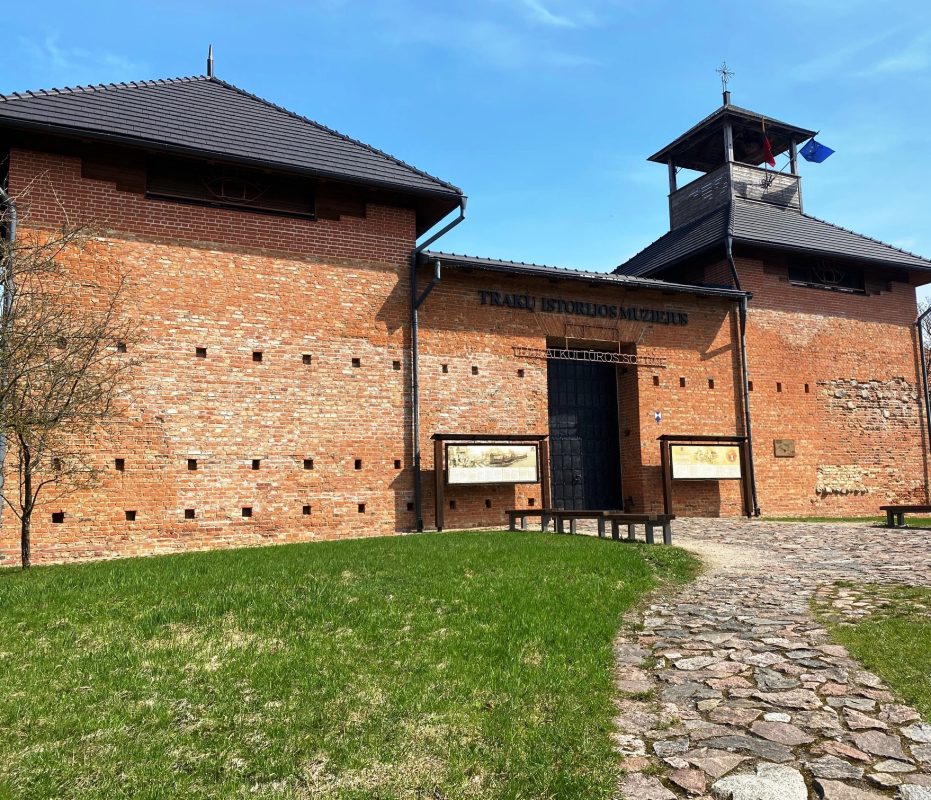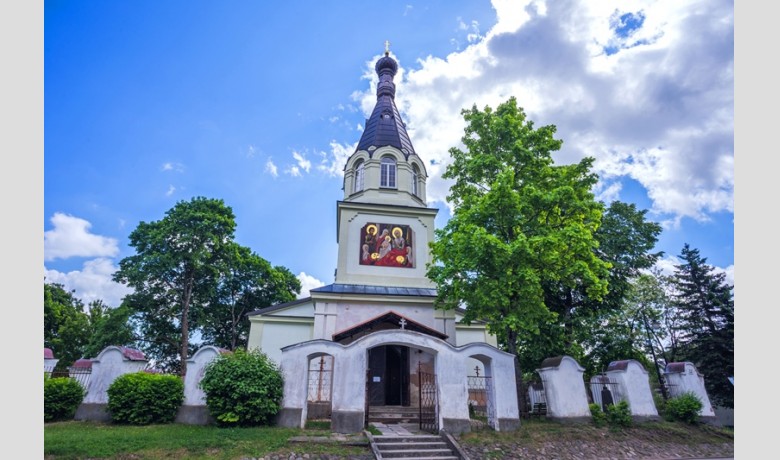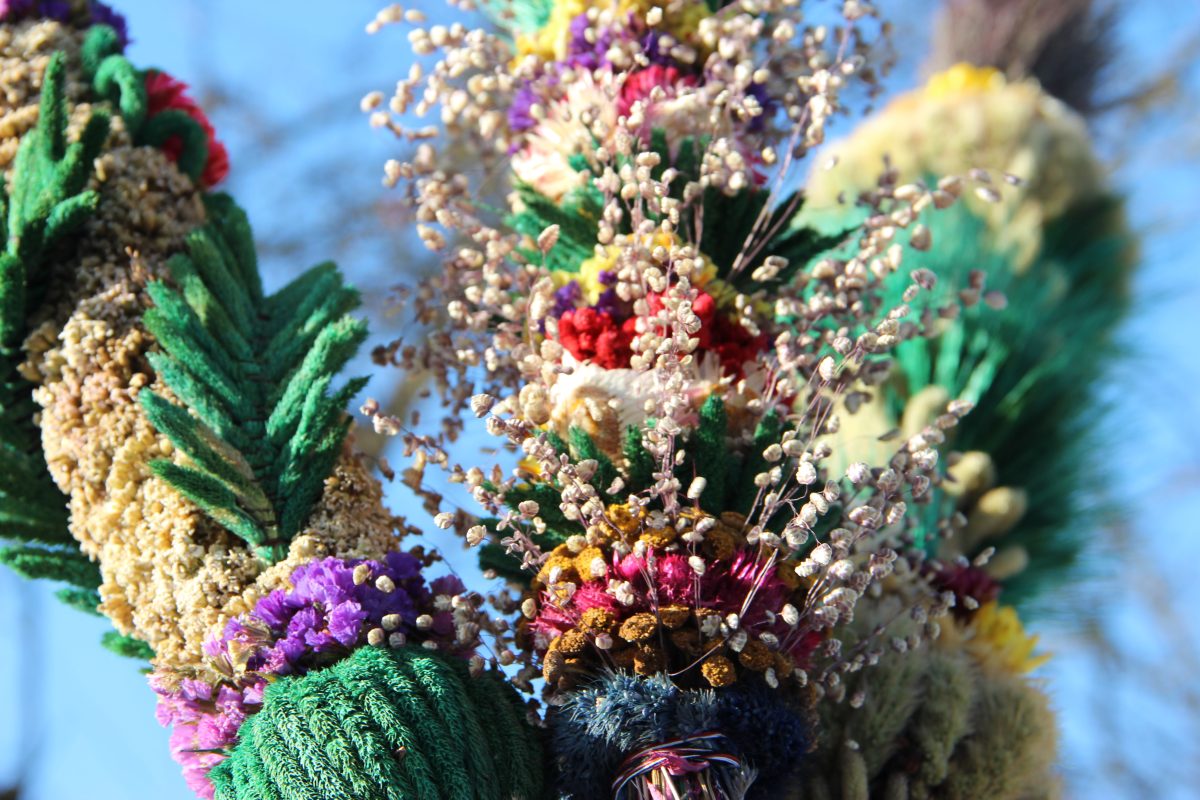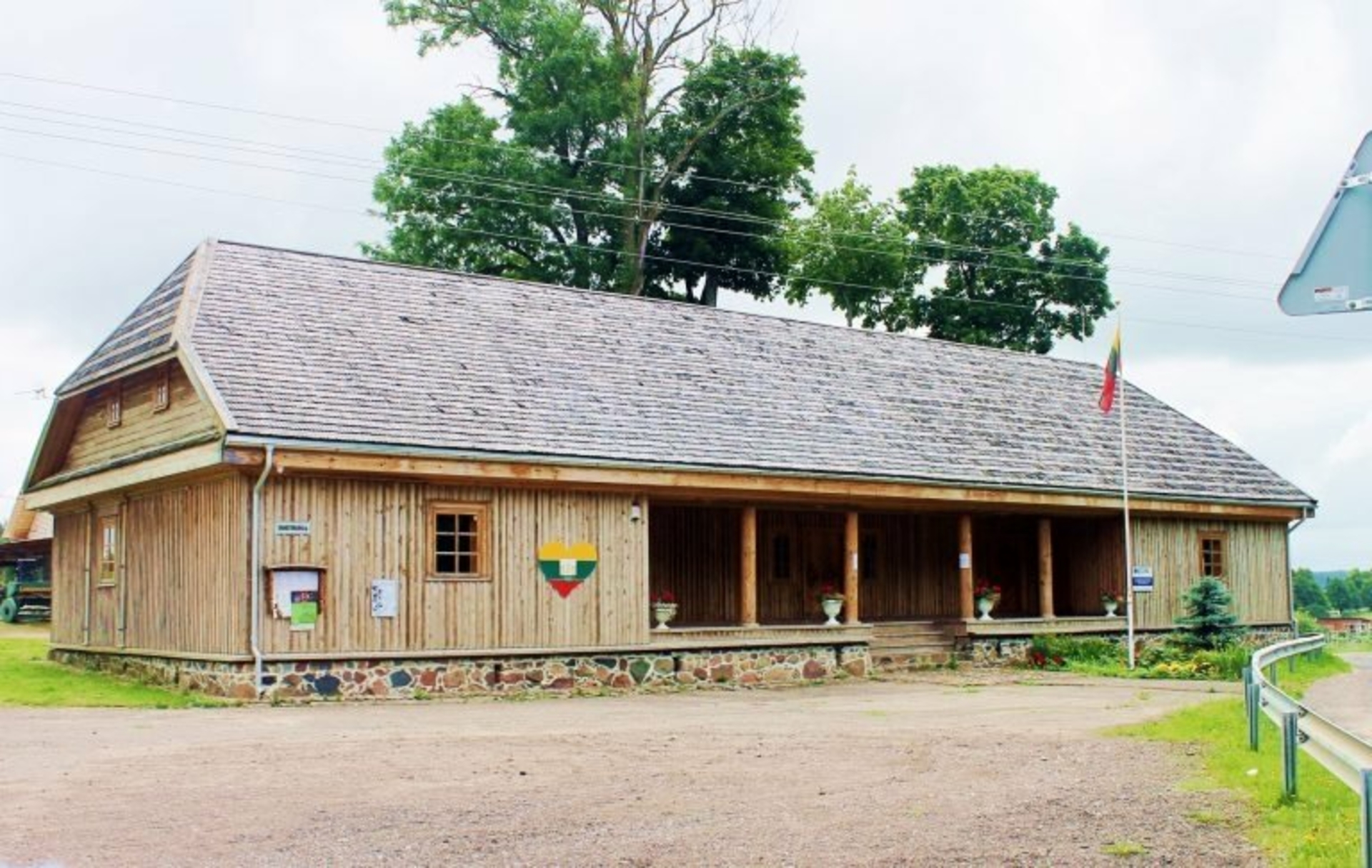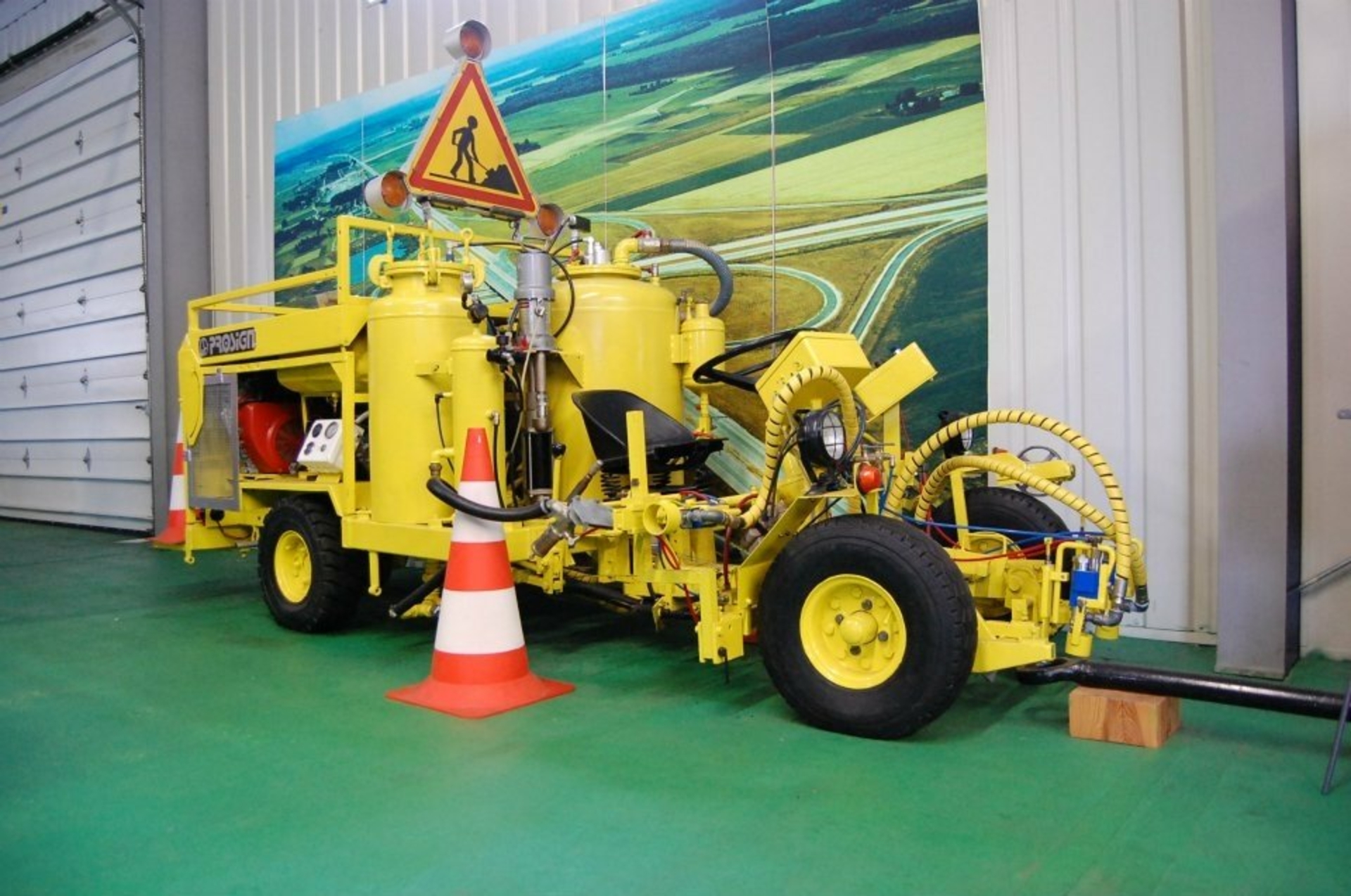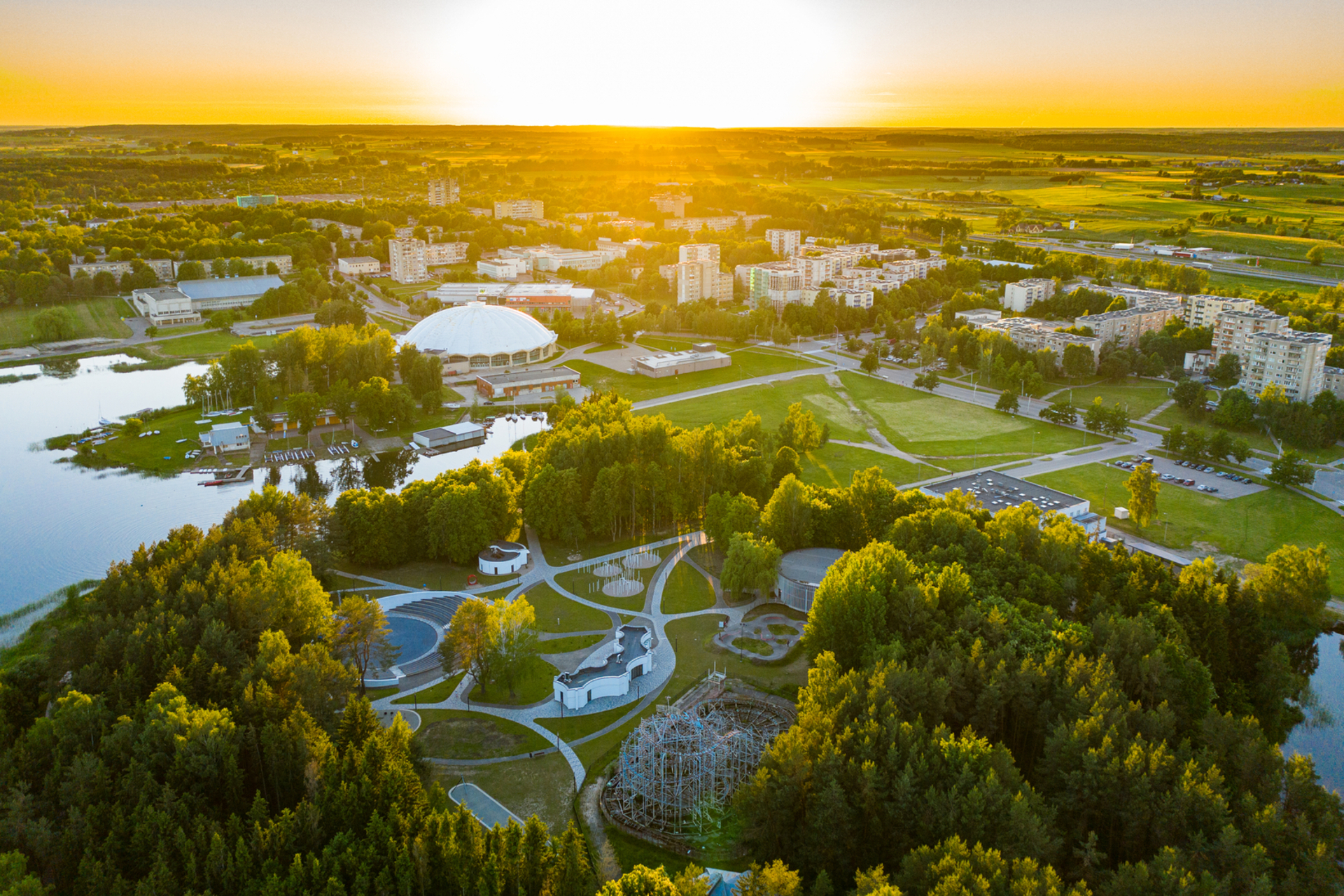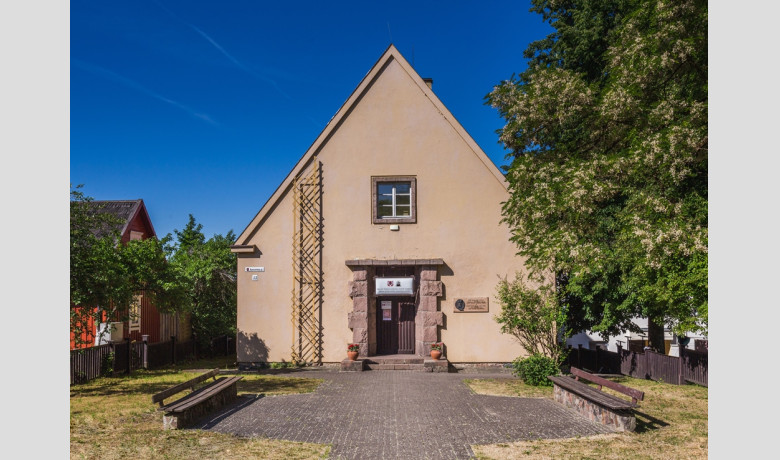S. Shapshal Karaim National Museum

247

0

0
0 out of 5
(0 reviews)
This is the only museum in Europe dedicated to the culture and history of the Karaim people, who migrated to Lithuania from Crimea 600 years ago. The Karaim ethnographic exhibition was established in 1967. It introduces visitors to the history, daily life, and customs of the Karaim people.
Info
-

Museums
-
Trakai
This is the only museum in Europe dedicated to the culture and history of the Karaim people, who migrated to Lithuania from Crimea 600 years ago. The Karaim ethnographic exhibition was established in 1967. It introduces visitors to the history, daily life, and customs of the Karaim people.
The museum's establishment is closely associated with Haji Seraya Khan Shapshal, a renowned scholar and collector from the turn of the 19th and 20th centuries. He was deeply interested in the cultures of Eastern peoples, especially the Karaim, and was a prominent figure in the Karaim community. In 1927, at a Karaim congress in Trakai, he was elected the community leader and received the title of hachan, the highest Karaim religious leader. As hachan, S. Shapshal began collecting spiritual and material cultural artifacts of the Karaim and related peoples, intending to establish a museum.
Over time, this dream began to take shape, and in 1938 the Polish government allocated 33,000 zlotys for the construction of the Karaim museum in Trakai. The construction, overseen by architect J. Borowski, began with active participation from the Karaim community. The cornerstone was ceremoniously blessed on July 6, 1938, attended by representatives from Vilnius and Trakai. However, the outbreak of World War II in 1939 halted construction, and the entire collection remained in S. Shapshal's apartment in Vilnius, where the museum operated until early 1951.
That same year, the museum was closed, and all exhibits were transferred to the Lithuanian Academy of Sciences and the National Museum of Lithuania. Nevertheless, the dream persisted, and in 1967 the first Karaim ethnographic exhibition of the Trakai History Museum, based on S. Shapshal's collection, was opened. In 2011, on the 50th anniversary of S. Shapshal's death, the museum was named after him.
Exhibits
The museum's collection consists of over 300 exhibits, offering a unique insight into Karaim culture, from an Egyptian Karaim marriage contract to a collection of oriental weapons. The history, daily life, and customs
of the Karaim people are reflected in handicrafts, clothing, accessories, and photographs depicting Karaim in traditional attire.
Visitors will be intrigued by Damascus pipes, a smoking set (hookah), a vessel for national dishes (tava), a coffee pot, and examples of Karaim national ornaments, as the Damascus Karaim were skilled craftsmen producing artistic copper items.
The exhibition also features a lace lamp that once adorned the Damascus Karaim temple, which passed into the hands of the Melkites (Arab Catholics) in 1832, leading to the community's decline.
Household items and room furnishings in the museum illustrate Karaim domestic life. A Karaim house typically had four sections: an entrance hall, kitchen, women’s side, and men’s side, which eventually became a living room. Homes were heated with a portable copper stove called a mangal, a nomadic element. Families and guests gathered around the mangal, and coffee was brewed in special cups (jibrik).
Among the exhibits are two kazan (copper cauldrons), symbolizing brotherhood and kinship among Turkic peoples, as gathering around the hearth and cauldron was a revered tradition.
The weapons collection includes a leather shield, arrows, a hunting horn, swords (yataghans), and a helmet (shishak).
One of the most fascinating exhibits is a wooden cradle called a beshik, used in the women’s room. All parts are fastened with wooden pegs, as iron nails are associated with coffins and thus were avoided in cradles. The cradle, passed down through generations, was designed to keep the child dry, with a clay pot placed in a hole in the bottom of the mattress.
Today’s Karaim no longer use the beshik, replaced by modern cradles and strollers, reflecting changes in lifestyle over the 20th and 21st centuries.
Commemoration of Prof. Haji Seraya Khan Shapshal
On December 28, 2011, a memorial plaque was unveiled on the current building of the S. Shapshal Karaim National Museum, honoring the world-renowned orientalist and founder of the Karaim Museum, Dr. Haji Seraya Khan Shapshal.
Found a mistake?
Report
Whats new?
Nearby attractions
Nearest museums
Nearest entertainment
Nearest food establishments translate this into LT

 Entertainment
Entertainment
 Sightseeing
Sightseeing
 Food establishments
Food establishments






































